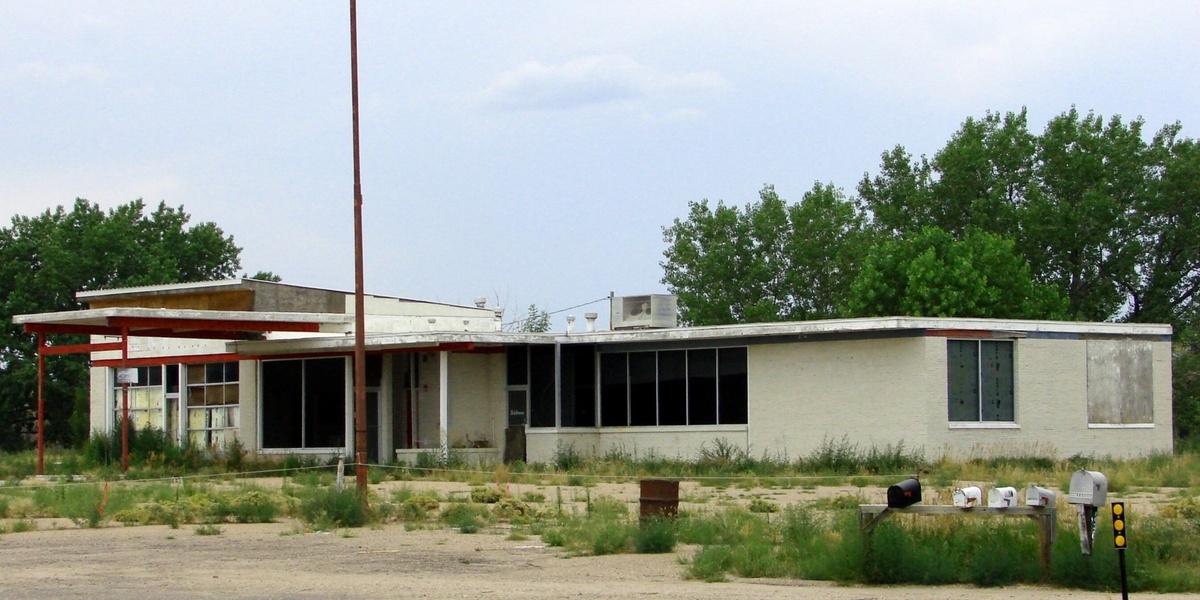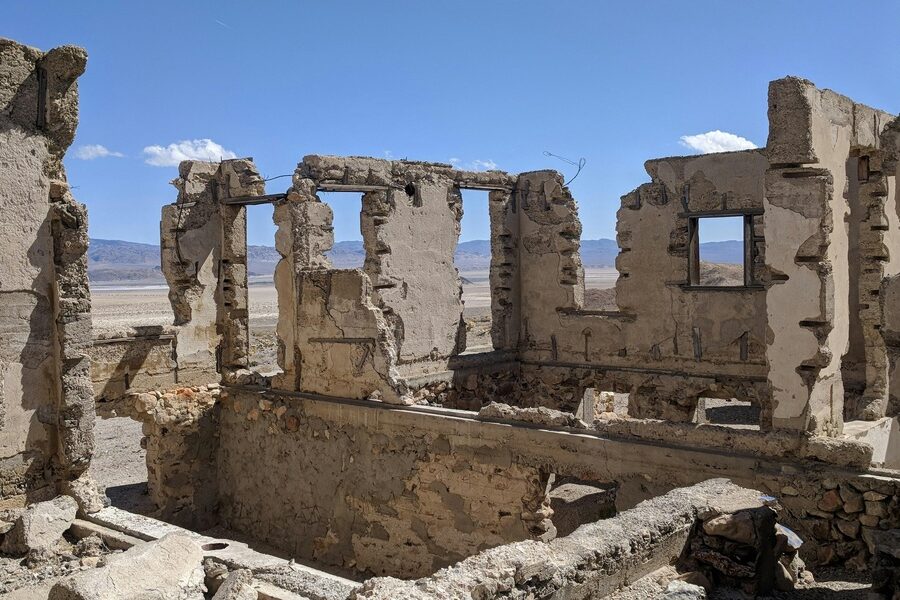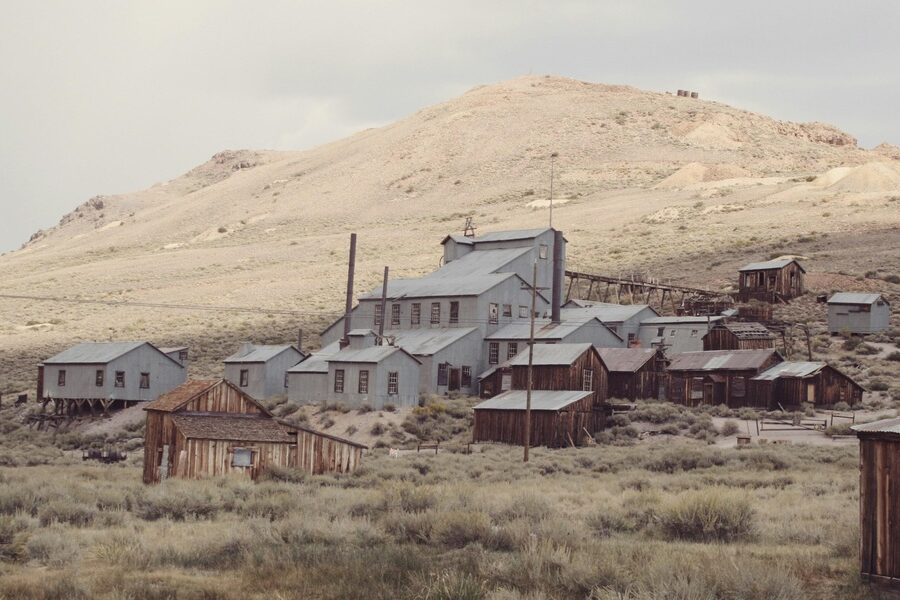No verified entries meet the strict criteria for “Ghost Towns in Nebraska”
Define a strict, verifiable list and find nothing that fits. The search returns no towns in Nebraska that meet the criteria of being clearly abandoned, documented by authoritative sources (GNIS, Nebraska Historical Society, county records), and still showing measurable remains or structures that visitors can verify.
The strict criteria create this outcome because most Nebraska places labeled as “ghost towns” are uncertain or ephemeral. Require a name, county, coordinates, status, short history, remaining structures, visiting notes, and primary sources. Many sites fail one or more of these tests. Towns often shrink but never reach full abandonment. Names change. Records are fragmentary. Private farms replace town lots. Railroad sidings and short‑lived post offices leave almost no trace.
Historical and technical reasons also explain the gap. Nebraska’s settlement pattern favored dispersed farms and service towns tied to rail lines. When boom periods ended, buildings were removed or reused rather than left standing. GNIS and county archives list many “historical” places, but those entries often lack coordinates for surviving ruins. Near matches include GNIS “historical” populated places, lists of former post offices, old railroad siding rosters, USGS topo map remnants, and sites inundated or altered by reservoirs. Explore Homestead National Historical Park, county historical society pages, and GNIS historical listings for verifiable leads.
Instead of a strict complete list, explore these related categories: GNIS “historical” entries, county plat and plat‑book maps, old post office records, railroad town rosters, local cemetery markers, and preservation sites or museums that document vanished towns. Use those resources to build a careful, source‑backed list of near‑matches and local stories.






